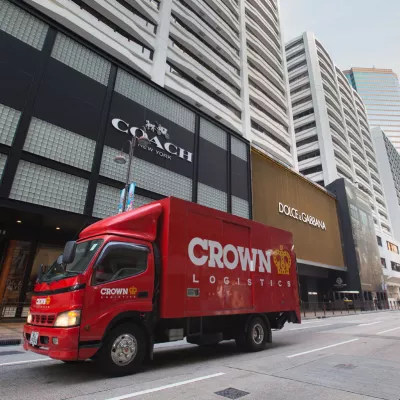China is the world’s largest e-commerce market. According to research firm eMarketer, they estimated the top global e-commerce market in 2019 would be China, with US$1.935 trillion in e-commerce sales, three times greater than the US that ranked number two with US$586.92 billion. After the flourish of e-commerce for almost ten years in China, online buying and selling becomes saturated among younger generations. It still has room to grow in more mature customer segment and in smaller cities. What is the worry traditional retailer faces while it taps into the online segment reaching its new customers?
Retailer must employ a much faster distribution network in meeting the “Amazon-era”, transportation becomes the key to success and the first thing to be attended to. The change in speed is higher today than it has ever been, especially in distribution requirements. Retailer has to invest heavier on supply chain management to adopt a higher e-commerce industry standard, meeting higher convenience level of customers. Customers are expecting more, yet speedy delivery requires faster inventory turnaround and more sophisticated logistical networks and stock levels.
Retailer needs to think ahead managing its distribution network, in response to what experience to be delivered to customers in the coming years. Standardized procedures and automation strengthen the supply chain, and drive the sales turnover. High visibility and data management help retailer to enhance distribution network efficiency and reconstruct its business process.
Traditional retail model is falling behind the market pace and entails an urgency to change. Limitations in existing infrastructure adds pressure to retailer in making modifications. A third-party logistics company with analytics solution enables retailer to manage its supply chain visibly and to make informed decisions for its e-commerce strategies.
